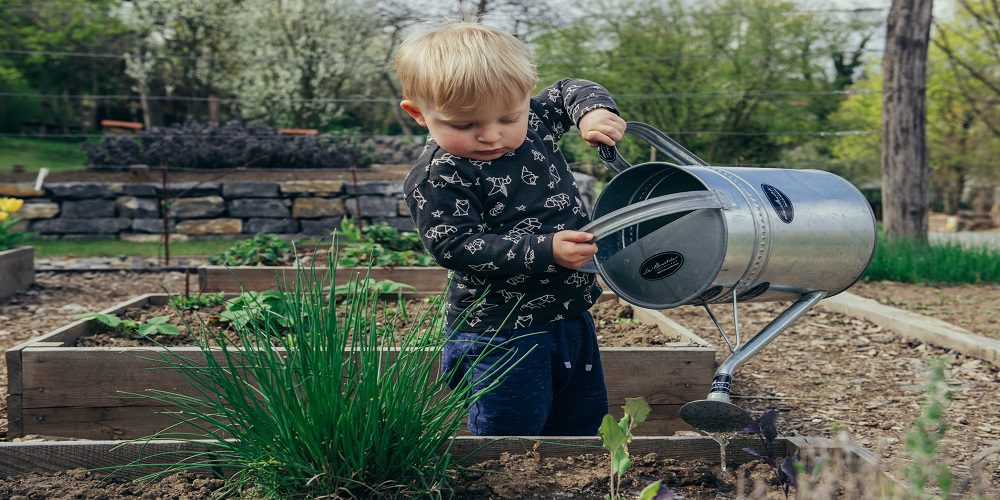In an era where environmental concerns take center stage, the significance of educating children about the importance of tree planting projects cannot be overstated. As stewards of the future, instilling a sense of responsibility toward the environment in the minds of our children is pivotal. This article aims to delve into the immense value of teaching youngsters about tree planting, detailing the reasons, methods, and far-reaching benefits it offers for their future and the planet.
The importance of teaching children about tree planting projects
1. Environmental Awareness and Responsibility:
When children learn about tree planting projects, they gain a profound understanding of their critical role in environmental conservation. Trees are vital for the planet; they absorb carbon dioxide, release oxygen, and provide habitat for various wildlife. By teaching children about the importance of trees and their ecological significance, we empower them to become responsible stewards of the environment. As they grow up, they’ll be more inclined to make eco-friendly choices and advocate for environmental preservation.
2. Educational and Practical Learning:
Engaging children in tree-planting projects offers a holistic educational experience. It combines theoretical knowledge with practical, hands-on learning. By planting and caring for trees, children not only learn about the biology and ecology of trees but also gain practical skills such as teamwork, problem-solving, and an appreciation for the environment. This immersive learning experience fosters a deep connection to nature, which can influence their future choices and careers.
3. Instilling lifelong habits:
The habits formed in childhood often persist throughout one’s life. By introducing children to tree planting and environmental awareness at an early age, we have a better chance of instilling lifelong habits of sustainable living. Children who understand the importance of trees are more likely to adopt practices like recycling, reducing waste, conserving water, and making eco-conscious choices. These habits contribute to a more sustainable and eco-friendly society.
4. Community Engagement and Social Responsibility:
Tree-planting projects often involve collaboration within communities. When children participate in these projects, they learn the value of community engagement and social responsibility. They see firsthand how individuals coming together can make a positive impact on their surroundings. This experience teaches them the power of collective action and fosters a sense of belonging and responsibility within their community.
5. Future Environmental Advocates:
Teaching children about tree planting projects creates future environmental advocates. As they grow into adults, they carry the knowledge and passion for environmental conservation with them. They are more likely to support and engage in environmental initiatives, vote for policies that protect the environment, and influence their peers and communities. By educating the youth, we are nurturing a generation that is better equipped to address the pressing environmental challenges of our time.
6. Connection with Nature:
In an increasingly digital world, it’s essential to help children establish a strong connection with nature. Tree-planting projects provide a tangible and meaningful way for children to interact with the natural world. This connection can lead to improved mental and physical health, as spending time in nature has been linked to reduced stress, increased creativity, and enhanced overall well-being.
7. Addressing Climate Change:
The fight against climate change is one of the most critical challenges of our time. Trees play a significant role in mitigating climate change by sequestering carbon dioxide from the atmosphere. Educating children about this essential role equips them with the knowledge to understand how trees are powerful tools in combating global warming. This knowledge empowers them to take action, both individually and collectively, to address climate change challenges.
Methods to Teach Children About Tree Planting
Incorporating it into school curricula: introducing tree planting education within the school curricula through interactive lessons, workshops, and field trips to nurseries or planting sites.
Hands-On Activities: organizing tree planting events where children actively participate in the process, enabling them to witness the impact of their actions first-hand.
Interactive Media and Tools: Utilizing engaging media, such as videos, interactive websites, and games, tailored to educate children about the importance of trees and environmental conservation
Family Involvement: encouraging family involvement in tree planting initiatives and promoting a shared understanding of the importance of preserving nature.
Far-Reaching Benefits of Teaching Children About Tree Planting
Environmental Preservation: Children educated about tree planting become advocates for environmental preservation, fostering a generation dedicated to protecting the planet.
Improved Mental and Physical Health: Trees play a significant role in improving air quality, which in turn contributes to better physical health. Studies also suggest that spending time in nature positively impacts mental health.
Cultivating Future Leaders: Children engaged in tree planting projects develop leadership skills, empathy, and a sense of responsibility, molding them into future environmental stewards.
Addressing Climate Change: Empowering children with knowledge about tree planting equips them to combat climate change by understanding the role trees play in sequestering carbon dioxide.
Conclusion
The significance of teaching children about tree-planting projects cannot be overlooked. It is an investment in a sustainable future, fostering a generation equipped with the knowledge and passion to preserve our environment. Through educational initiatives, hands-on experiences, and community engagement, we can plant the seeds of responsibility in our children, ensuring a greener and more sustainable world for generations to come.



































